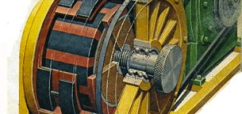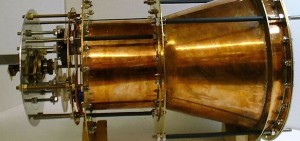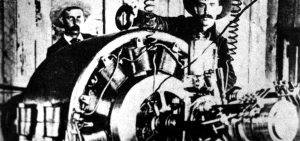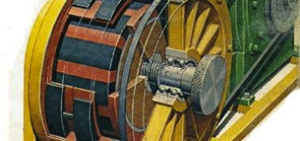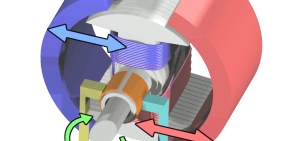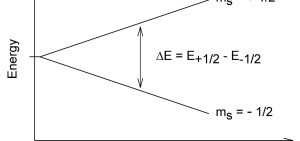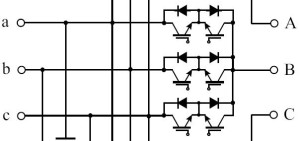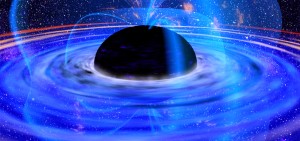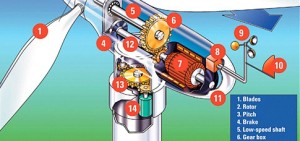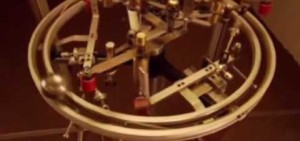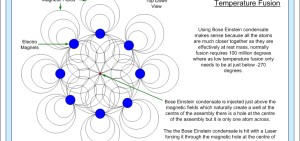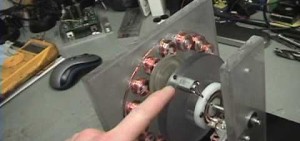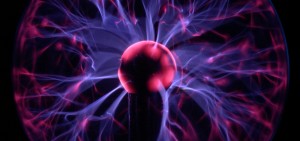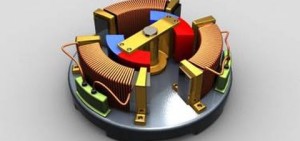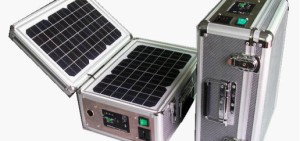Overunity is a term used to describe the hypothetical production of more energy output than input in a system, such as a perpetual motion machine or a device that violates the first and second laws of thermodynamics.
While Overunity devices have been claimed to exist, no scientific evidence supports their feasibility. The concept is generally considered impossible according to our current understanding of physics.
Despite this, some scientists and researchers have experimented with the idea of Overunity in an effort to find ways to produce clean, efficient energy.
One example of this is the Massachusetts Institute of Technology (MIT), which has a history of researching and experimenting with alternative energy sources.
One such experiment at MIT involved using superconducting magnets to create a device known as a magnetohydrodynamic generator (MHD). The MHD generator uses the movement of a conductive fluid, such as salt water, through a magnetic field to produce electricity.
The idea behind the MHD generator is that it could produce more energy than it consumes, leading to Overunity.
However, the results of the MIT experiment were not successful in demonstrating Overunity. While the MHD generator did produce some electricity, the energy input required to power the superconducting magnets was greater than the energy output of the device. This is consistent with the laws of thermodynamics, which state that it is not possible to create more energy than is input into a system.
Overall, while the idea of Overunity may be attractive and potentially beneficial, it remains a highly speculative and unproven concept. While it is important to continue researching and experimenting with alternative energy sources, it is also important to approach these ideas with a healthy level of skepticism and to adhere to the established principles of physics.
The idea that a serious academic institution such as the Massachusetts Institute of Technology would seriously research the area of zero-point energy seems radical.
But it appears to be happening.
Starting Small
There is an old saying for success: ‘You have to start small.’
While the MIT experiments with over-unity involve a small amount of excess electricity generated, it is a step in the right direction.
The scientists are working on an LED-diode with a measurable power emission of greater than 100 percent. From an input of 30 picowatts of power, it generates 69 picowatts. A picowatt is one trillionth of a watt.
Conflict with the Laws of Physics
This result is apparently a contradiction to the first law of thermodynamics, which states that you can only get as much energy out of a system as you put into it.
This is one of the most common objections to the idea of perpetual motion machines.
The key in this particular experiment is that the energy appears to have come from an outside source in the form of lattice vibrations.
The measured electrical output efficiency was 100 percent – no more, no less.
The Reasonable Explanation that Overunifies
But here is the thing. During the experiment, they cut the voltage in half, but while the electrical power was reduced by a factor of four, the light emissions were reduced only by a factor of two.
The question is then, what does this mean for the possibility of over-unity magnetic generators.
The answer is very positive because if the goal is creating a technology that generates more power than is input, The fact that natural energy from the environment adds to the measured output does not affect the end result. Purists may find this difficult to accept, but that leaves the question of what really is the goal of creating an over-unity power generator. That goal should be to reduce the cost of electricity for everyone while being environmentally friendly in the same package.
Contents


